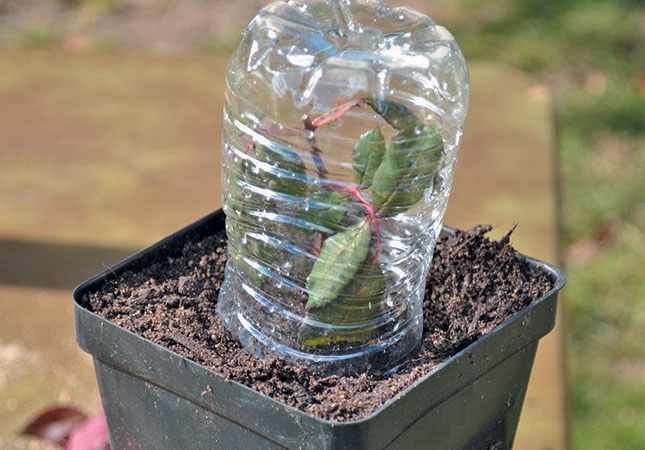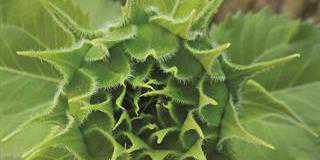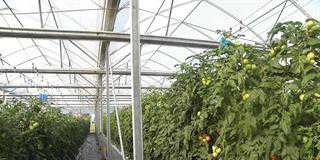
Photo: Mike's Backyard Nursery
Commercial rose growing has become popular and can be a good source of income for a smallholder.
If you propagate your own cuttings, you can make even more money from this venture.
READ How to grow beetroot in your home garden
The technique can also be used on various plants and in virtually any environment, even a compact urban setting such as a townhouse or flat.
The process need not be left to nurseries; it is easy to learn and can be done by anyone.
As examples, I’ve chosen roses, pineapples and grapes, but fig, apricot, apple and other trees can also be propagated. Although there are some variances relating to climate,
soil and so forth, the principles of propagation are essentially the same for all these plant types.
Here are two important tips before you get going: use cuttings from parent plants that have their own root stocks rather than grafted trunks, and plant a number of cuttings to allow cross-pollination to occur.
Roses
Each cutting should be 10cm to 15cm long, with three to four bud nodes. You can leave one or two leaves a bit higher, above the soil level, but this is not essential. Cut one end at a 45° angle to identify it as the ‘planting end’.
Immediately before planting, while the cut is still wet, dip the planting end into root hormone powder, and shake off the excess.
The powder, which includes synthetic indole-3-butyric acid (IBA), is available at most nurseries and speeds up root formation. Your nursery can advise you on the best hormone for your particular cuttings.
Plant each cutting into potting soil in a seed tray or plastic bottle, suitably cut to form a plant pot with drainage holes at the bottom.
If you live in a colder climate, you can place a Ziploc bag or a transparent plastic box or bottle over the plant or pot to create a mini-greenhouse.
You will know that the propagation has worked if buds start shooting. Leave the young plant in the container until active growth takes place.
At this stage (preferably in spring), you can dig a hole in your garden bed and transplant the plant, along with potting soil.
Keep the soil moist but not flooded and ensure that the plant gets enough light. Any fungus growing on stems or leaves should be sprayed with a suitable fungicide.
Pineapples
Few people know that pineapples make attractive indoor pot plants! Begin by cutting off the spiky leaf section right against the fruit. After removing the first two layers of leaves above the cut, place the cut area into a glass of water, making sure that it fits firmly.
You can, if you wish, add liquid root hormone (obtainable from your nursery) to the water, but this is not essential. After a few weeks, tiny roots will appear.
Allow these to grow to between 1cm and 2cm in length, then transfer the plant into a pot plant container about 30cm wide and 30cm deep. Fertilise the soil every second month with a multi-action fertiliser or manure (for organic growing). Your nursery can advise you on the amount of fertiliser needed.
Water the plant twice weekly, but not excessively. It will require about eight hours of sunlight a day.
The leaves should grow quite long; trim those that die. A small cone-shaped fruit will develop in the centre of the plant, taking two to three years to mature.
Remove the fruit when it starts to turn orange, leaving approximately 5cm of stem attached. The plant will start a new shoot and the fruit-forming process will begin again.
In a mild climate, without frost or excessive cold, you can plant outdoors on a large scale. But it is advisable to have a soil analysis done first.
Grapes and fruit trees
For fruit trees, obtain cuttings in the same manner as for roses, and ensure that at least three or four bud nodes are present. Use an angled cut to identify the planting end. If you plant the cutting upside down, you will have a problem!
With grapes, use pencil-thin vine lengths from the previous season. Harvest cuttings in spring or early summer, checking that the interior of the piece has a light green tinge.
Place the cuttings into water overnight to hydrate them properly; some experts maintain that, in the case of grapes, this will give you a 90% propagation success rate. Use a root hormone before planting, as explained earlier.
The young plants should be kept in pots until the following spring. They will then be strong enough to transplant into your orchard or garden.
Make sure the pots are large enough to cater for the growing roots and don’t leave them where they are prone to frost. Plant about a third of each cutting into the soil and compact it firmly, but not tightly, around the young plant.
EXPERIMENTING
Growers have different ideas about propagation. Some, for example, maintain that the outer skin of a rose cutting on the planting end should be removed or scratched before dipping it into the root hormone powder.
Experimenting with propagation can be highly rewarding and you may well discover other small ‘tricks’ that could improve your success rate.













